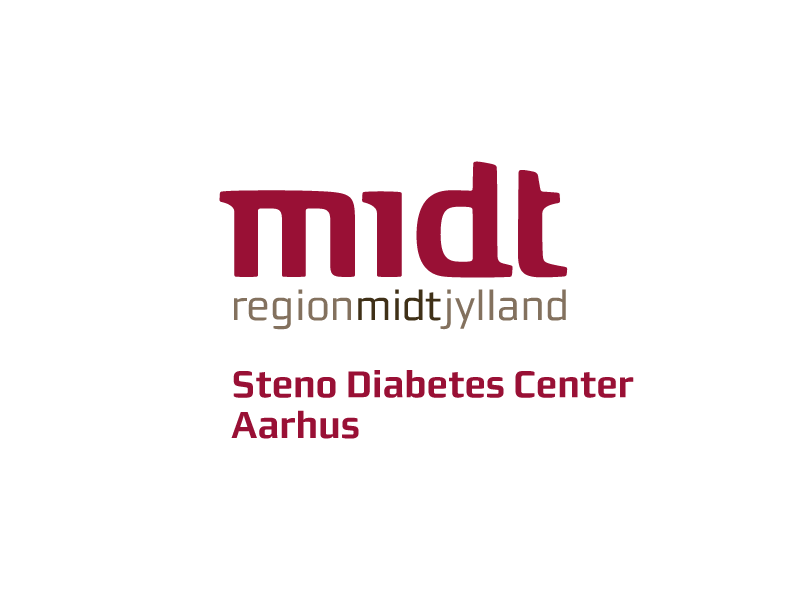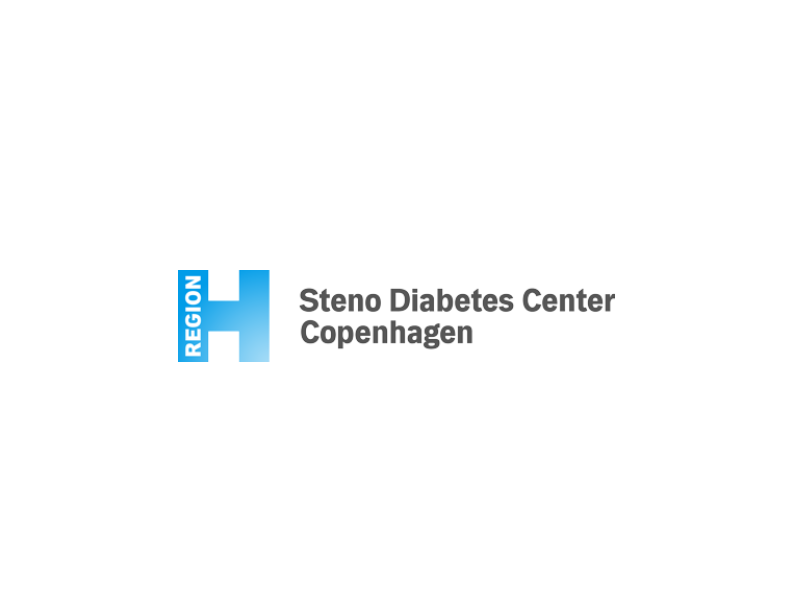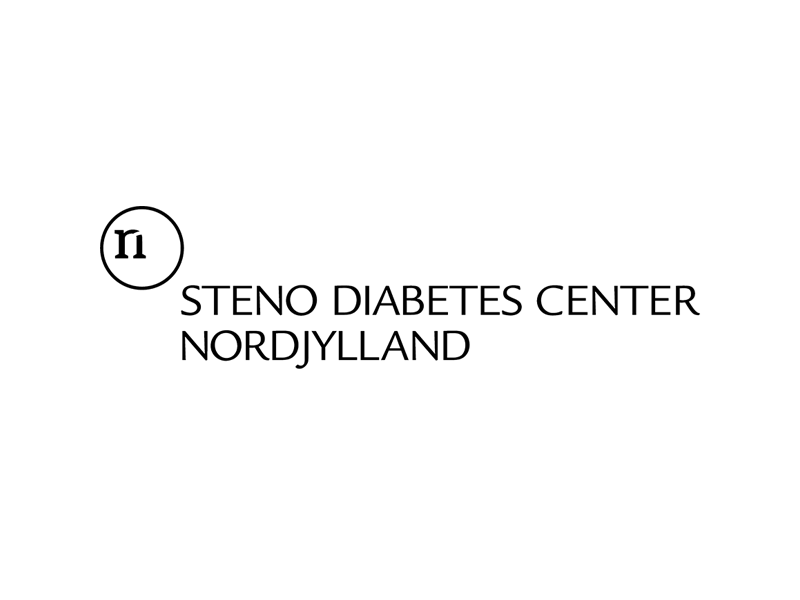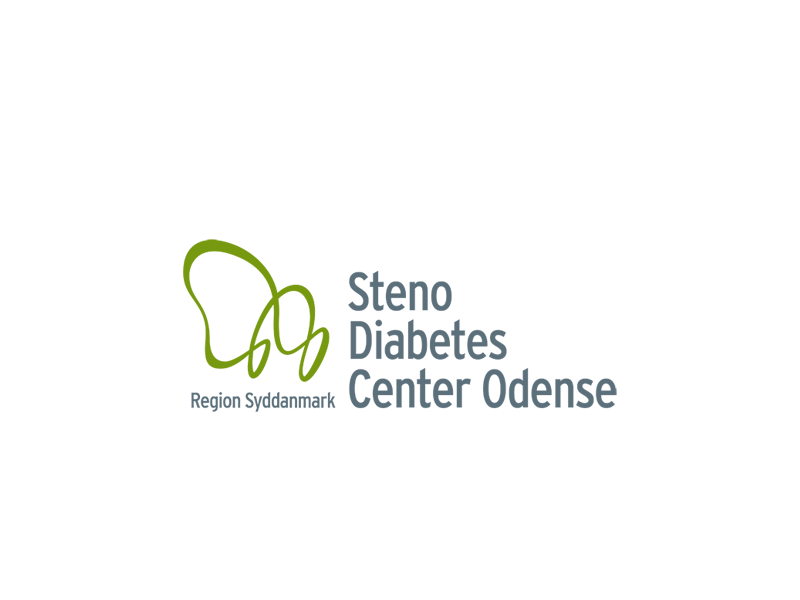Dansk resumé
Næsten 90% af alle mennesker med diabetes i verden har type 2 diabetes (T2D). T2D er forbundet med talrige komplikationer, og litteraturen antyder, at risikoen for at udvikle kræft øges med 15% til 25% hos patienter med T2D på grund af faktorer som dyslipidæmi, insulinresistens, hyperinsulinæmi og kronisk inflammation. Brystkræft er den mest udbredte kræftform blandt kvinder, og på trods af forbedrede behandlinger og overlevelse de sidste 20 år, overstiger den årlige dødelighed 600.000 på verdensplan. Litteratur om serumlipider, herunder triglycerider, lavdensitetslipoprotein kolesterol, højdensitetslipoprotein kolesterol, non-HDL kolesterol og total kolesterol samt om glykeret hæmoglobin (HbA1c) som vigtige risikofaktorer i udviklingen af brystkræft, har vist modstridende resultater. I denne undersøgelse vil vi undersøge, om lipidparametre samt HbA1c er forbundet med brystkræft hos kvinder med T2D.
Abstract
Nearly 90% of all people with diabetes worldwide have type 2 diabetes (T2D). The incidence is rapidly increasing, and in 2045, almost 800 million prevalent cases of diabetes are expected.T2D is associated with numerous complications, and literature suggests the risk of incident cancer to be increased with 15% to 25% in patients with T2D due to factors like dyslipidemia, insulin resistance, hyperinsulinemia, and chronic inflammation. Breast cancer is the most prevalent cancer among women and despite improved treatments and survival the past 20 years, the annual death rate exceeds 600,000 women worldwide. The current literature on serum lipids including triglycerides, low-density lipoprotein cholesterol, high-density lipoprotein cholesterol, non-HDL cholesterol, and total cholesterol as well as on glycosylated hemoglobin (HbA1c) as key modifiable risk factors in breast cancer development has shown contrasting results. In this study, we aim to examine whether these lipid parameters as well as HbA1c are associated with breast cancer in women with T2D.
Formål
To determine the association of lipid parameters (TC, LDL-C, HDL-C, non-HDL-C, and Tg) and HbA1c with breast cancer risk accounting for confounders including obesity-related characteristics such as waist-hip circumference and BMI.
Studiepopulation
We will use two independent T2D cohorts each with certain advantages:
1) a register based T2D cohort representing everyday clinical practice, allowing long-term follow-up and
2) a clinically recruited T2D cohort (i.e., the DD2 cohort – see description below) with detailed information on lifestyle and anthropometric measures at baseline.
Finansiering
The proposed project is part of an ongoing PhD project fully funded by the Novo Nordisk Foundation (Steno Collaborative Grant).




